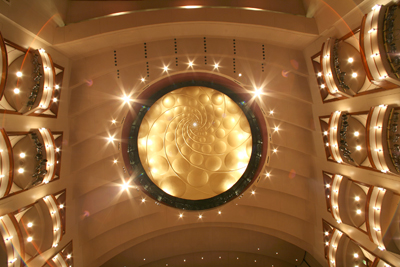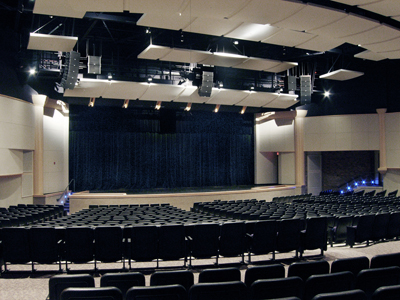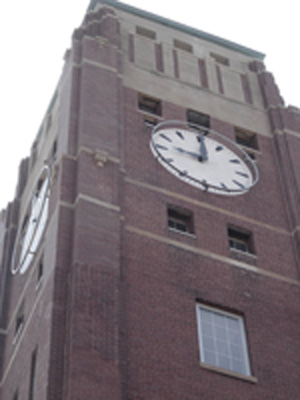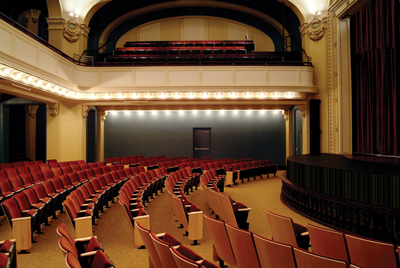Carnival Center for the Performing Arts
It’s no shabby figure: a cool $446 million went into the design and construction of Miami’s new Carnival Center for the Performing Arts. And it shows. Boasting three theatrical spaces (the Sanford and Dolores Ziff Ballet Opera House, the Knight Concert Hall and the black box Studio Theater), the Center clocks in at an impressive 570,000 square feet.








